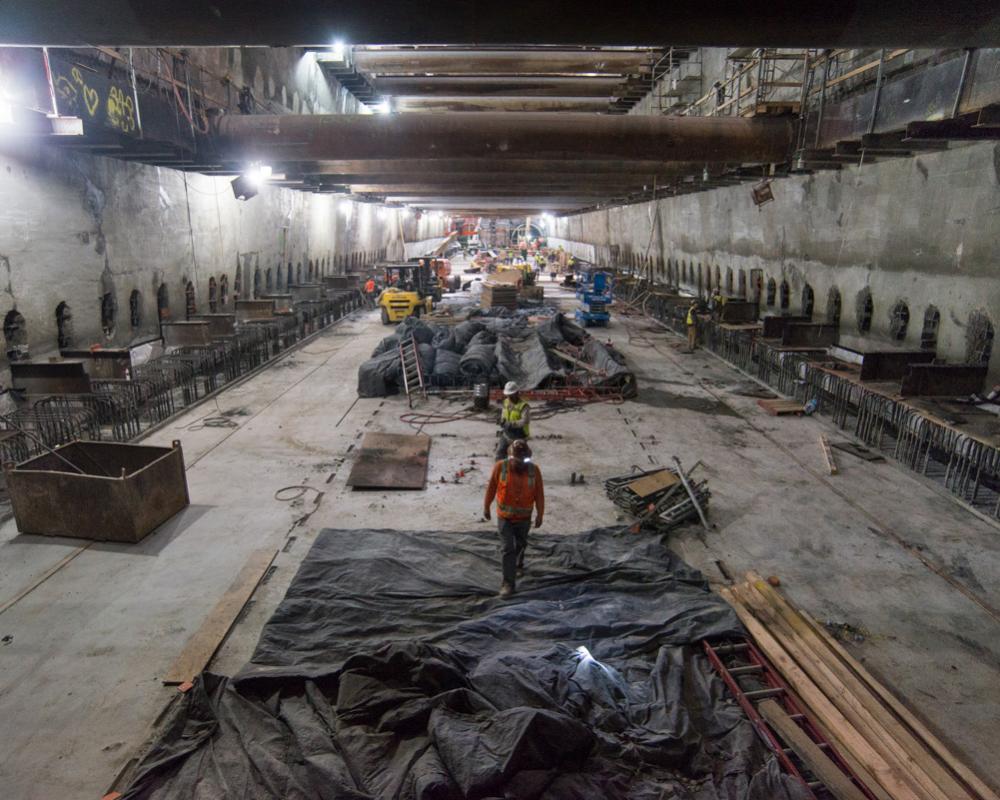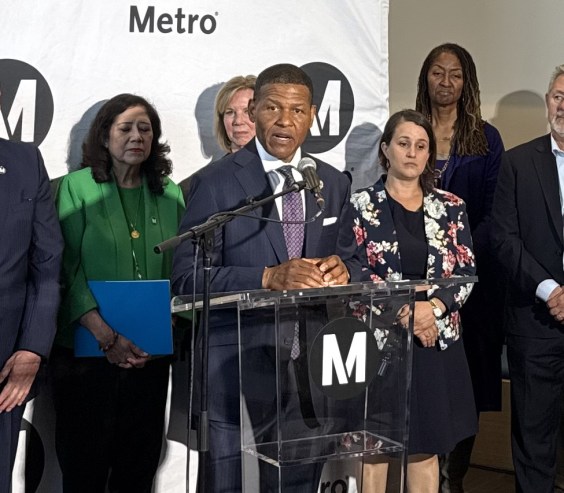Since 1999, Salt Lake City, Utah, has added 140 miles of light rail and commuter rail -- each line completed early and under budget.
That tremendous civic accomplishment has made the city a somewhat unlikely transit expansion success story.
The Eno Center for Transportation recently took a close look at Salt Lake City's experience in order to tease out the factors that helped it succeed. (For background on the public process that led to that transit expansion, see our interview with Robert Grow of Envision Utah.)
Eno's report [PDF], authored by Paul Lewis, goes into detail about how Salt Lake City was able to excel at project delivery. Here are three recommendations for other cities looking to expand transit, based on his research:
1. Secure the key ingredients very early in the process
Prior to the construction of Salt Lake City's first rail line, transit planners purchased strategic portions of rail right-of-way. They did this even before settling on a route or establishing a funding method. UTA also acted early to get the train cars and other materials they needed to deliver the project. That helped UTA acquire essential project elements at low prices and avoid delays, Lewis found.
2. Tackle multiple lines as a single project
When UTA took on its FrontLines 2015 project to deliver 70 miles of rail, the agency chose to construct five rail segments simultaneously. Rather than structure these routes as independent projects, UTA bundled them together. This strategy helped reduce the risk of costly delays.
"Unforeseen obstacles always come up," Lewis said during a webinar earlier this month. "Develop a plan that allows for flexibility for unforeseen circumstances."
Sure enough, during the course of construction, UTA workers unearthed the remains of a Native American village. It took nine months to preserve the artifacts and get the project moving again. But because there were other projects happening simultaneously, it didn't result in a tremendous waste of resources.
Planners were able to "concentrate on another section and later return to the delayed portion," according to Lewis.
3. Use performance contracting
UTA was creative in structuring contracts with independent construction firms. The contracts are designed to reduce cost by providing incentives -- to both the contractor and the transit agency -- to avoid expensive delays.
Lewis found that "these performance-contracting measures played a crucial role in expediting the project delivery and reducing overall costs." Sections of the FrontRunner commuter rail system, for instance, cost between $13 million per mile and $20 million per mile to build, below the national average, according to the report.
Steve Meyer, UTA's chief capital development officer, said that structuring incentives effectively is a tough balancing act. UTA focuses "on allocating the project risk to the party that can most effectively manage that risk," said Meyer. "Some owners want the contractor to carry all the cost and schedule risk for the project. You can do that, but the contractor will put a price on that risk and the owner will pay that price."
Since the first line was completed, UTA's stellar performance record helped win public support for continuing rail expansion, said UTA General Manager Mike Allegra.
"The public judges us on three criteria: budget, schedule and ridership," he said. Completing projects on time and under budget "has engendered tremendous trust in our community."





